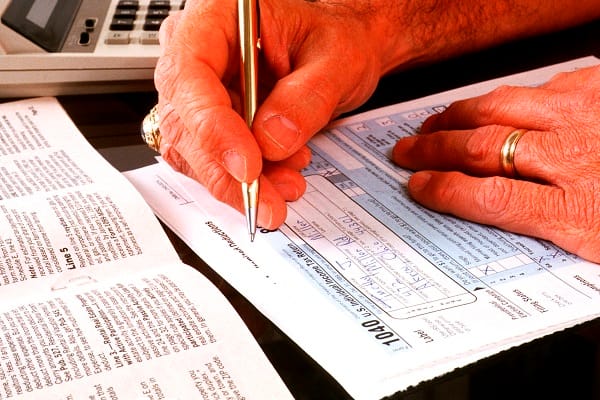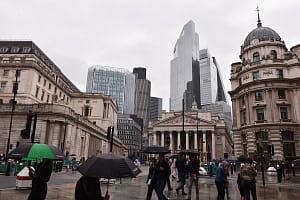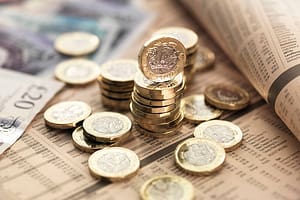An estimated 1.8 million more people will be paying dividend tax by 2024/25, according to figures released by HMRC under a Freedom of Information request made by AJ Bell.
At the same time the Capital Gains Tax allowance is being slashed, resulting in 260,000 individuals and trusts paying CGT for the first time over the next two years.
The lower CGT allowance hits small shareholders particularly hard and HMRC better brace for busy phone lines.
Laith Khalaf, head of investment analysis, AJ Bell: “An estimated 1.8 million more people will be caught in the dividend tax net in the next two years, according to figures released by HMRC under a Freedom of Information request made by AJ Bell. 635,000 more people will pay tax on dividends in the coming tax year, when the tax-free allowance is cut from £2,000 to £1,000, and 1,115,000 additional individuals will be brought into paying dividend tax from April 2024, when the allowance is cut again, to just £500.
“These people are not currently paying dividend tax because their annual taxable dividends are less than £2,000. In other words, they’re not Nelson Rockefeller, and they’re not Jeff Bezos. They’re not even Rishi Sunak, whose published tax return revealed he received £172,415 in dividends from investments in 2021/22. These are small shareholders and business owners who are going to be exposed to dividend tax on very modest amounts of income by the forthcoming cuts to the dividend allowance. And the 1.8 million doesn’t include those who might already be paying a bit of dividend tax, who will end up paying more as a result of the reduced allowance. In total, HMRC estimates that 4.4 million people will be affected by the dividend allowance cut in 2024/25.
“It doesn’t end there either. Small shareholders face a tax tsunami from April, because on top of frozen income tax thresholds, and the cut to the dividend allowance, the government has also taken an axe to the capital gains tax allowance. This is the amount of gains investors can make tax-free each year, and it will fall from £12,300 this year to £6,000 from 6th April and £3,000 in the following tax year. The result is 260,000 more individuals and trusts will be paying CGT for the first time by 2024/25, according to figures published by HMRC.
“Currently CGT on share sales is charged at 10% for basic rate taxpayers, and 20% for higher rate taxpayers, with an additional 8% surcharge on property transactions. So an investor who is making just £12,300 of gains a year would currently incur no capital gains tax. But when the allowance is reduced to £3,000 in April 2024, they will be paying £930 extra in capital gains tax each year if they are a basic rate taxpayer, and £1,860 a year if they are a higher rate taxpayer. A very wealthy individual harvesting £1 million in capital gains a year will also face additional tax of £1,860 as a result of the smaller capital gains tax allowance. So the cut to the allowance hits small shareholders every bit as much as the very wealthy in pounds and pence. But it will hurt a lot more in relation to the size of their gain.
“The sheer number of small shareholders who are going to be brought into paying dividend tax and capital gains tax means that many will now be required to fill in a tax return for the first time, and engage in capital gains calculations, which can be incredibly complex. If you buy shares in a company and subsequently sell them all, it’s relatively straightforward, but if you buy or sell in several chunks, or if you invest in the accumulation units of funds, things can get tricky pretty quickly. The Treasury have also announced they will be adding a specific section in the tax return for cryptocurrency gains, presumably to provide a friendly reminder to crypto holders that they are potentially liable to capital gains tax too. Given the dramatic widening of the tax net, HMRC better brace itself for the extra administrative burden, and taxpayers better not get their hopes up about the taxman’s phone lines being quieter in the coming years.
“It’s fair to point out there are generous tax shelters like ISAs and SIPPs available to small shareholders to protect their investments from both capital gains tax and dividend tax. Investors can put £20,000 in an ISA each year, where dividends and gains are tax-free and don’t form part of the tax-free allowances. But for those lucky enough to have a bit more money to invest, or for those who are simply not organised enough to hold their shares in an ISA, the coming tax tide is a force to be reckoned with.”





Leave a Comment